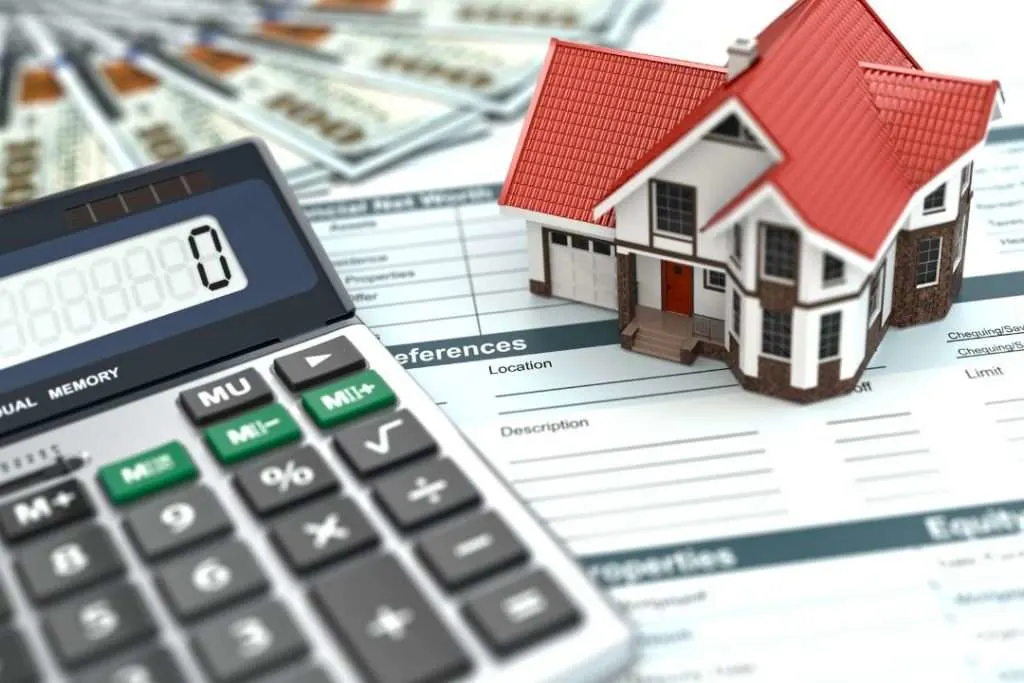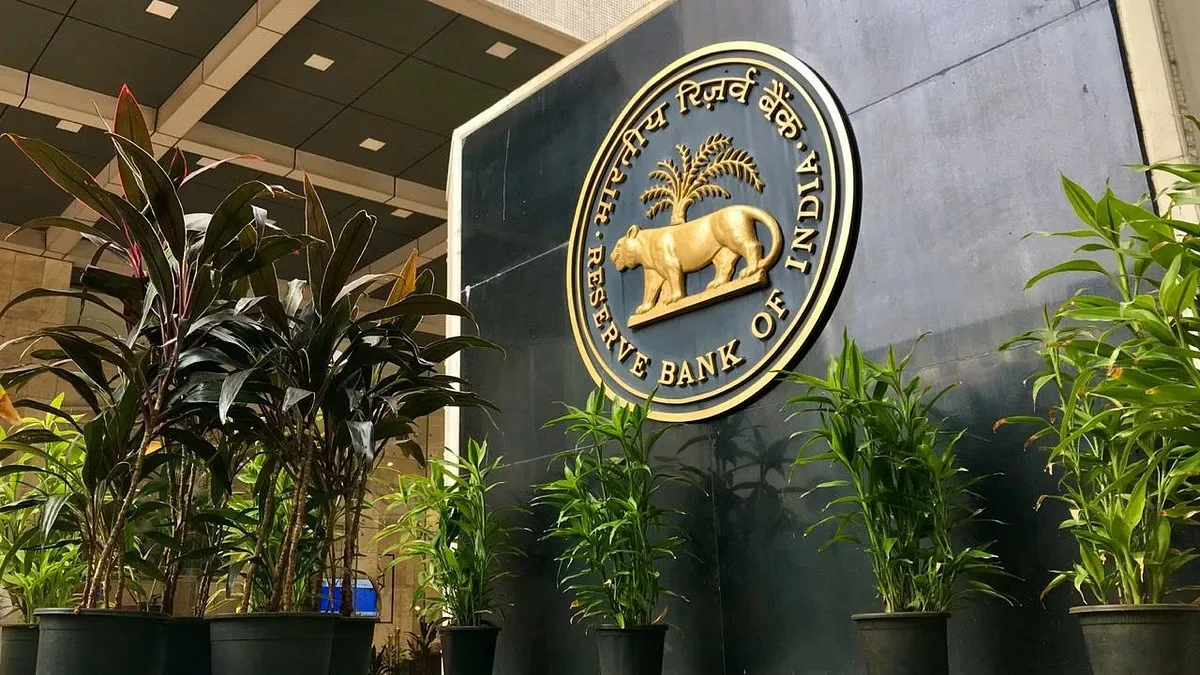Table of Content
- What is a Loan to Value Ratio?
- Why is the Loan to Value Ratio Important?
- RBI Guidelines on Loan to Value Ratio
- High LTV Loan vs Low LTV Ratio
- LTV and Mortgage Rates
- Private Mortgage Insurance (PMI)
- Down Payment Strategies to Improve LTV
- How to Lower Your LTV Ratio
- LTV Ratio Calculator
- Key Takeaways
- Conclusion
For aspiring homeowners and real estate investors, financing plays a central role in turning property dreams into reality. Since very few buyers can purchase a home outright, most rely on home loans to bridge the gap. For lenders, however, approving a loan is not simply about disbursing funds, it is about assessing the risk involved.
One of the most important metrics used in this process is the Loan to Value ratio (LTV ratio). This ratio not only influences whether a loan will be sanctioned but also determines the interest rate, down payment, closing costs, and eligibility for mortgage insurance.
Understanding what is loan-to-value, how it is calculated, and the strategies to manage it effectively is essential for anyone planning to take a home loan, refinance, or compare mortgage rates across lenders.
What is a Loan to Value Ratio?

The Loan to Value ratio (LTV ratio) represents the portion of a property’s value that a lender is willing to finance. It compares the loan amount to the appraised property value and is expressed as a percentage.
- A high LTV loan indicates a greater borrowing portion against the property value, signaling higher risk for lenders.
- A low LTV ratio reflects a stronger equity position, lower risk, and often more favorable loan terms for borrowers.
Formula to Calculate LTV Ratio:
LTV = APV / MA
where:
MA=Mortgage Amount
APV=Appraised Property Value
Example:
If your property is valued at INR 50,00,000 and you borrow INR 37,50,000:
LTV Ratio = 37,50,00050,00,000×100=75%
LTV Ratio = (37,50,000) (50,00,000) times 100 = 75%
LTV Ratio=50,00,00037,50,000×100=75%
This means the lender is financing 75% of the property’s value, while you cover 25% as down payment.
Also Read: Unlocking the Benefits of Joint Home Loan: A Smart Financial Choice
Why is the Loan to Value Ratio Important?
The Loan to Value ratio serves as a risk assessment tool for lenders and a financial benchmark for borrowers.
For Borrowers
- Determines the required down payment.
- Impacts home loan eligibility and approval chances.
- Directly affects interest rate and monthly EMI burden.
- Influences whether Private Mortgage Insurance (PMI) is mandatory.
For Lenders
- Helps evaluate creditworthiness and repayment capacity.
- Reduces lending risks by ensuring collateral covers the loan.
- Ensures compliance with regulatory standards such as RBI guidelines.
RBI Guidelines on Loan to Value Ratio

The Reserve Bank of India (RBI) has defined LTV limits for home loans to encourage prudent lending practices:
- Loans up to INR 30 lakh - Maximum LTV 90%
- Loans between INR 307 - 5 lakh - Maximum LTV 80
- Loans above INR 75 lakh - Maximum LTV 75%
These limits protect both lenders and borrowers from the risks of excessive borrowing.
High LTV Loan vs Low LTV Ratio
The implications of a high LTV loan versus a low LTV ratio differ significantly for borrowers.
High LTV Loan (80–90%)
Advantages:
- Requires a smaller down payment.
- Makes homeownership accessible to first-time homebuyers with limited savings.
- Allows borrowers to purchase property sooner rather than waiting to save more.
Disadvantages:
- Higher interest rates due to increased risk for lenders.
- Mandatory Private Mortgage Insurance (PMI) until LTV falls below 80%.
- Greater monthly EMI burden.
- Lower equity in the property, especially in the initial years of repayment.
Low LTV Ratio ( 75%)
Advantages:
- Eligible for lower interest rates.
- No PMI requirement, reducing monthly costs.
- Lower EMIs, making repayment more affordable.
- Higher initial home equity, strengthening financial stability.
Disadvantages:
- Requires a larger down payment, which may delay property purchase.
- May tie up significant personal savings that could be used for other investments.
LTV and Mortgage Rates
.webp)
Your LTV and mortgage rates are directly connected:
- LTV ≤ 80% - Borrowers receive the most competitive interest rates.
- LTV > 80% - Interest rates increase, and PMI becomes mandatory.
- Refinancing - Typically requires an LTV of 80% or lower for approval at better rates.
Thus, the lower your LTV, the more favorable your mortgage terms will be.
Also Read: Everything You Need to Know About Home Renovation Loans
Private Mortgage Insurance (PMI)
When a borrower opts for a high LTV loan, lenders often require Private Mortgage Insurance (PMI) as protection against default.
- PMI is an added premium paid along with monthly EMIs .
- It remains applicable until the borrower’s home equity increases and the LTV ratio falls to 80% or below.
- While it increases the cost of borrowing, PMI enables buyers with limited savings to access housing finance.
Down Payment Strategies to Improve LTV
Since the down payment directly impacts the LTV ratio, adopting effective strategies can significantly lower borrowing costs.
- Save consistently through recurring deposits or investment-linked savings plans.
- Increase income streams via part-time work, freelancing, or side businesses.
- Repay existing loans to free up cash flow and improve your debt-to-income ratio.
- Include a co-applicant to boost eligibility and increase upfront contribution.
- Leverage first-time homebuyer schemes that allow smaller down payments but plan to prepay aggressively to reduce LTV over time.
How to Lower Your LTV Ratio
If your LTV is currently high, there are actionable steps you can take to reduce it:
- Make larger principal repayments whenever possible.
- Refinance when property values rise, thereby improving your LTV percentage.
- Avoid additional borrowings that increase your outstanding balance.
- Invest in property upgrades to increase appraisal value and reduce LTV ratio.
LTV Ratio Calculator
Financial institutions provide an LTV ratio calculator online for easy assessment. By inputting the loan amount and property value, borrowers can instantly evaluate their borrowing position.
Example Calculation:
- Loan Amount: INR 60,00,000
- Property Value: INR 80,00,000
- LTV = (60,00,000 ÷ 80,00,000) × 100 = 75%
This helps borrowers plan their down payment and assess loan eligibility in advance.
Key Takeaways
- The Loan to Value ratio is a key determinant of mortgage affordability.
- A low LTV ratio improves loan terms, while a high LTV loan results in higher costs and PMI.
- RBI caps maximum LTV at 75–90% based on loan size.
- Effective down payment strategies and disciplined repayments help lower LTV.
- Using an LTV ratio calculator simplifies planning for both new buyers and refinancing borrowers.
Conclusion
A high LTV loan may offer convenience for those with limited savings but comes at the cost of higher interest and insurance. A low LTV ratio, on the other hand, strengthens your equity, lowers borrowing costs, and secures long-term financial stability.
For homebuyers and the Loan to Value ratio is one of the most critical parameters in mortgage lending. For borrowers, it impacts not only the size of the home loan but also the interest rate, monthly EMI, and need for PMI. For lenders, it is a direct measure of lending risk.Real estate investors, the goal should be to strike the right balance, making a sustainable down payment that reduces LTV without straining personal finances. By carefully planning savings, managing debt, and leveraging refinance opportunities, borrowers can optimize their LTV ratio and secure the most favorable mortgage terms.



_1758715186.webp)



_1767164061.webp)


Ans 1. The Loan to Value Ratio (LTV) compares the amount of your loan to the appraised value of the asset you're buying (usually a home). It's calculated by dividing the loan amount by the property's value
Ans 2. Lenders use LTV to assess the risk of a loan. A lower LTV usually means a lower risk for the lender, which can translate to better interest rates for you.
Ans 3. Generally, a lower LTV (e.g., 80% or less) is considered good. This usually means you have a larger down payment and are seen as a lower risk borrower.
Ans 4. A high LTV (above 80%) often means you'll need to pay for Private Mortgage Insurance (PMI) until you reach a lower LTV. It also may result in a higher interest rate.
Ans 5. You can lower your LTV by making a larger down payment or by negotiating a lower purchase price for the property.
Ans 6. Yes. You can improve your LTV ratio by making a higher down payment, improving your credit score, and choosing properties that fall under favorable RBI LTV limits.
Ans 7. A lower LTV ratio usually leads to lower interest rates because it reduces the lender’s risk. Higher LTV ratios may attract slightly higher interest rates.
Ans 8. A good LTV ratio is typically 75–80% for housing loans. Lower LTV ratios are preferred as they reduce the lender’s risk and may help secure better interest rates.